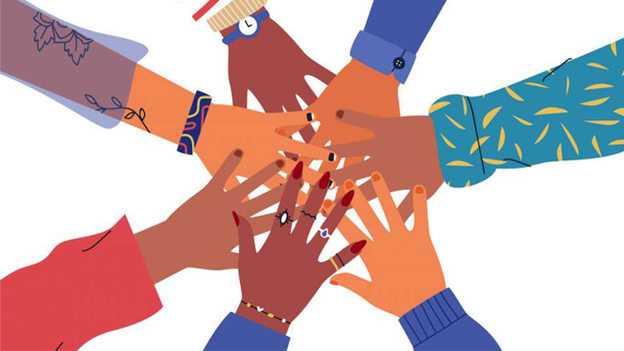The need for ‘people first’ approach in a post pandemic era

“Sorry, I’m going to be late for work today. My two-year-old has been screaming since 5 in the morning. My partner has been posted in another city for a project and I’m handling everything at home all by myself ! I’m just so flustered.”
Some may not like to admit it but before the pandemic, a call like this may not have been a plausible excuse to be late for work. The buck would have passed on to a sick child, a traffic jam, or a vehicle breaking down. Depending on a company’s culture, employees would practise discretion before bringing personal matters into their professional workplaces.
But the new normal has systematically blurred the lines between home, office and what is acceptable. Organizations are gearing up to deal with unexpected new challenges their employees were facing on a day to day basis, giving a whole new meaning to a people-first approach. Today, it doesn’t just comprise signing up employees for learning programs or advertising flashy company perks to prospective talent. As we move towards a post pandemic hybrid workspace, creating a people-first culture holds deeper meaning, and has the potential to create immense value for a company.
Prioritizing mental health:
In many workplaces, discussions around mental health were considered taboo. As the pandemic progressed and working from home led to a greater sense of isolation for some and deep frustration and stress for others, a long overdue conversation about mental health emerged globally. We saw action on the ground by those companies spearheading this effort including Microsoft, P&G, Deloitte and so many others. Mental wellness emerged as a key priority for the hybrid workplace.
Post-pandemic, a corporate tweet or an email to employees on World Mental Health Day isn’t concrete enough action towards the cause. Conversations around mental health should continue to be encouraged. Companies should explore the variety of mental health solutions available for their use, and complement this with HR policies conducive to employee wellbeing. And we already have so many torch bearers leading the way on this initiative!!
Leading with empathy and kindness:
A laptop screen created not just physical, but also emotional distance between employees. Their feelings, emotions and thoughts were harder to “read” than if they had been at work in the office. This meant leaders needed to have a heightened sense of empathy to understand how their team was coping. They also had to address employee’s concerns and insecurities with kindness and compassion, and show sensitivity and concern for each unique set of challenges that emerged for team members.
Leaders with an iron fisted approach may think kindness is a sign of weakness. Don’t be fooled. You can be both soft and strong, compassionate and goal driven. You can do both. A Psychology Today article reports that kindness was linked to reduced absenteeism, increased morale, and lowered stress levels in employees.
Continue to lead with empathy even after the pandemic is over. It gains trust, loyalty, and attracts diverse talent.
Creating/reinforcing a purpose driven culture:
Nothing amplifies the true purpose and culture within a company than a crisis, and 2020 was a crisis and how!!!
It was clear to see that companies with strong purpose driven cultures found it easier to adapt. Employees stepped up to help each other, built better consumer connects and put 100% support and trust behind the company leadership.
Some companies struggled and some simply crumbled. And the differentiator was purpose and culture!
Leaders need to be mindful that a people centered focus is great for business. Happy employees make for happy customers, helping you retain existing clients and acquire new ones. They are brand ambassadors for the business and talent magnets, not surprisingly happy employees are more resilient, more adaptable to change. Infact, studies show that employees feel the happiest, most engaged when they relate to the purpose of the leader/business.
I think the time has come for leaders to shift gears a bit and “Put your people first”. Watch the transformation that follows!
















